Go Your Own Way
Travelling to a destination in low season can offer great value and a unique experience for travellers, while also helping to lessen the negative impacts of tourism and spread the benefits it brings more sensibly, says Laura Gelder.
This is a feature from Issue 9 of Charitable Traveller. Click to read more from this issue.
What if your travel agent told you that you could travel to your favourite holiday destination for half the price you usually pay and you’d be sharing your little slice of paradise with a fraction of the people you’d normally encounter there? You might hand over your credit card right away but I suspect, before you let go of it, you would ask, ‘what’s the catch?’
You’d be right to check. But although there is usually a good reason less people visit a destination in its low season, it’s well worth considering that reason against your own motivation to get away.
Ged Brown, Founder and CEO of Low Season Traveller, is committed to showing the travelling public the benefits of travelling in low season, and he’s keen to point out that cheaper prices are not the only one. “The lower price is the icing on the cake,” Ged says. “The key benefits of low season travel are avoiding the crowds (which means less queues and stress and more chances to interact with the locals), knowing that you’re providing an economic lift to a community at a time when they really need it and the chance to have an experience which the majority of travellers will not have shared.” Brown started Low Season Traveller with the intention of alleviating over-tourism but ironically its launch coincided with the pandemic, when tourism numbers plummeted. However, not only did Covid-19 make crowd-free holidays more important to travellers, it made the destinations place more value on low season. “Suddenly, resorts in the Mediterranean, which do about 70% of their business between June to September, were facing up to the fact that they had lost their high season and desperately needed low season bookings,” says Brown. He also thinks that the pandemic bought sustainable travel to the forefront of more people’s minds. “We are living increasingly in an era of guilt, where we question our actions and our desire to be eco-friendly and support communities is genuinely informing our choices,” says Brown.
Perhaps you’ve experienced a destination in low season already. I have fond memories of Thailand in low season: swimming in the Andaman Sea when the rain was sheeting down and the limestone islands around me were blurred into watercolour shapes, or rushing from the beach to a bar to enjoy a cold beer while the rain drummed on the roof. I’ve also experienced Barcelona in winter, when the Gothic Quarter is a pleasure instead of a scrum, Spanish rather than English voices ring out across the Plazas an tapas bars, and the sun still shines.
Admittedly I may have been lucky on that last point, and Brown concedes that if guaranteed sunshine is your main objective then you should probably stick to high season. But if you’re willing to risk it, he also points out, when the sun does shine it’s all the sweeter.

Everyone likes to feel like they’ve been lucky. We also like to feel as if we’ve experiences something unique. the great thing about low season travel is that, sometimes, you’ll be arriving in a place that’s almost unrecognisable from its high season persona. “Imagine seeing Petra dusted in snow”, says Brown, “Or visiting Athens and not having to queue at all for the Colosseum.” Imagine indeed. Here are our recommendations for low season travel.
January
The Canary Islands
They might be European, but the Canary Islands lie off the coast of Africa – not far from the Sahara Desert – so their weather is a tad more reliable than the Costa del Sol. Temperatures on Lanzarote reach an average high of 20 degrees in January and rain is scarce. Of course, especially with sea breezes taken into consideration, it’s not a sunbather’s ideal conditions. But if you merely wish to explore the island’s volcanic landscapes and enjoy the warmth of the sun on your face and the novelty of eating al fresco, January will oblige.
February
North Africa
Moving east, North Africa is a great place to escape to during the UK’s dark and dank winter. In February, Morocco’s average high is 20 degrees and there is a 77% chance of sunshine. Wandering the atmospheric souks of Marrakesh can be infinitely more pleasant when it’s cooler and the crowds less crushing. It’s also a great time to explore the desert, which can be unbearably hot in summer. In the Atlas Mountains there is even the chance to ski – the resort of Oukaimeden is about 30 miles from Marrakesh.


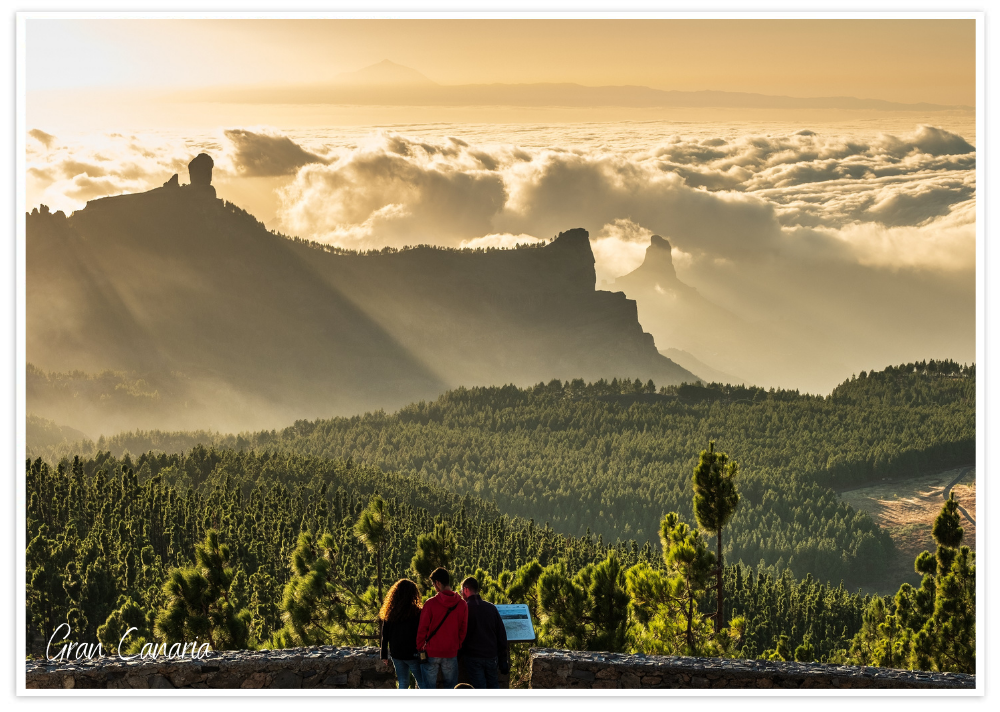
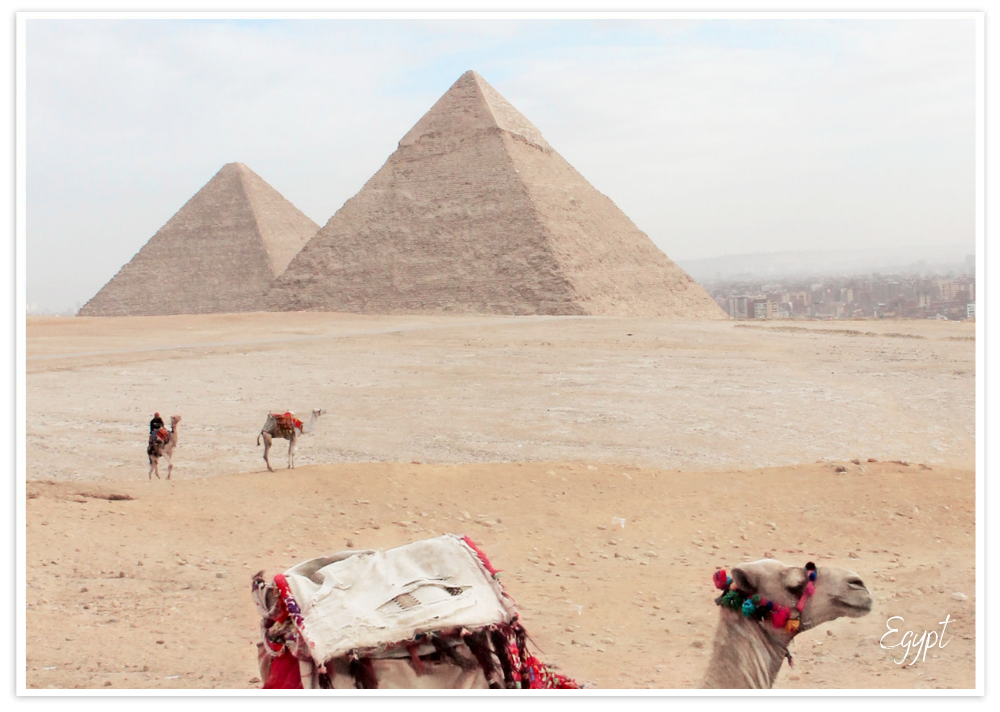
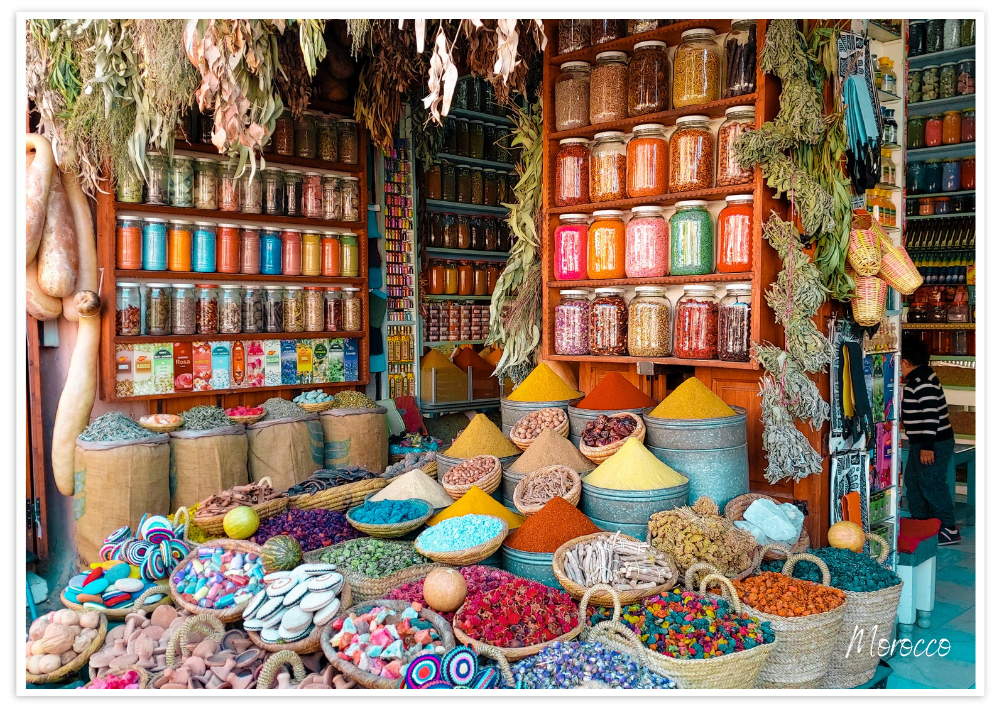
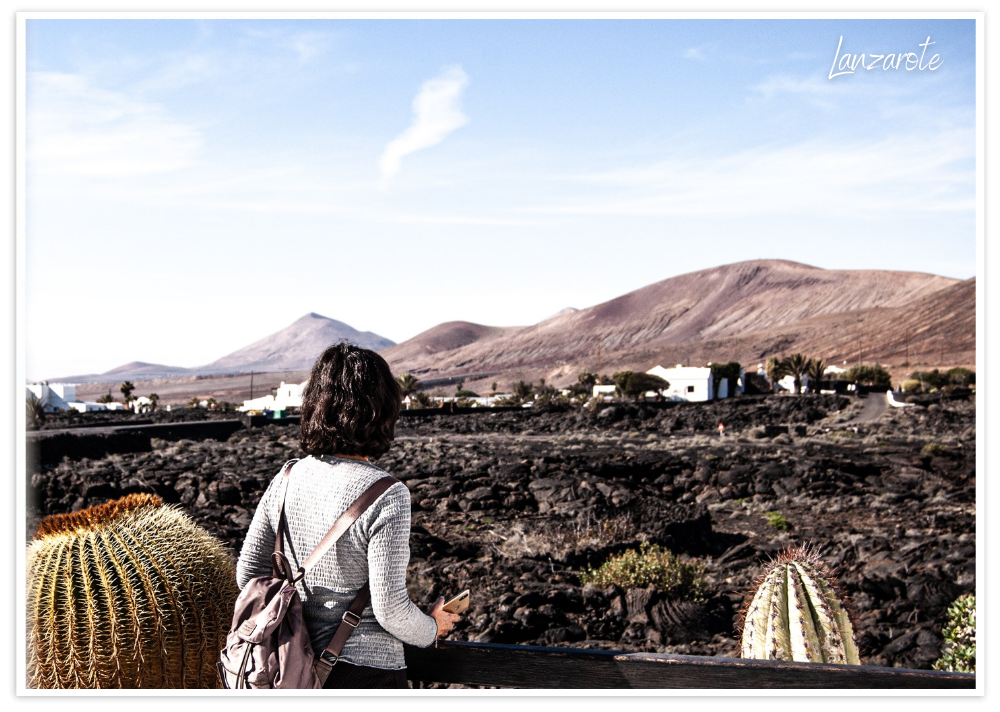

March
The Greek Islands
Gerald Durrell’s classic autobiography, My Family and Other Animals, will make you yearn to see Greece in March. His descriptions of Corfu’s spring breaking, vibrating with life, and bursting with flowers, are captivating. Further south, Crete boasts one of the earliest springs in the Mediterranean, with average highs hovering around 20 degrees. And if you’re heading to Greece to appreciate its antiquities, you’ll wonder why you ever went in high season thanks to non-existent crowds and mild temperatures that are perfect for sightseeing.
April
The Nordic Countries
Being so far north, spring hits the Nordic countries a little later by the locals appreciate it that little bit more too, which makes for a carnival atmosphere if the sun shines. AS the days get longer, the climate is still cool so people will be thinner on the ground but there are increased chances of spotting wildlife as creatures (bears, lynx, and wolves in Finland) emerge out of hibernation. Iceland’s spectacular waterfalls will be swelled by the spring melt and you have a good chance of spotting migrating puffins and a great chance of seeing whales and dolphins from mid-April. You might also get to see the billowing green curtain of the Northern Lights at this time of year.
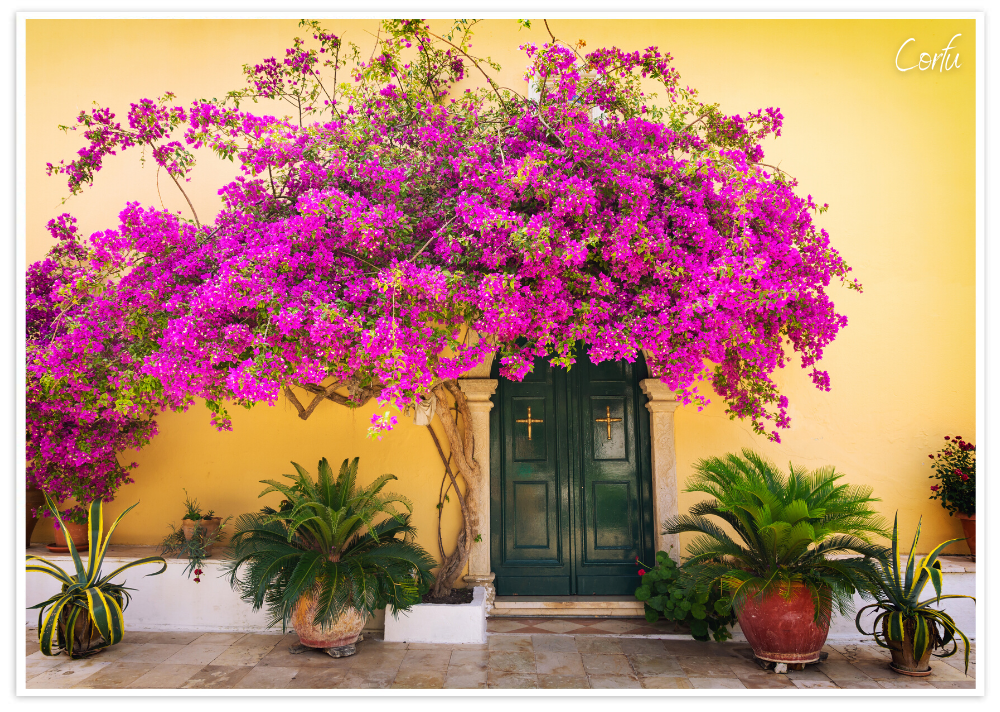

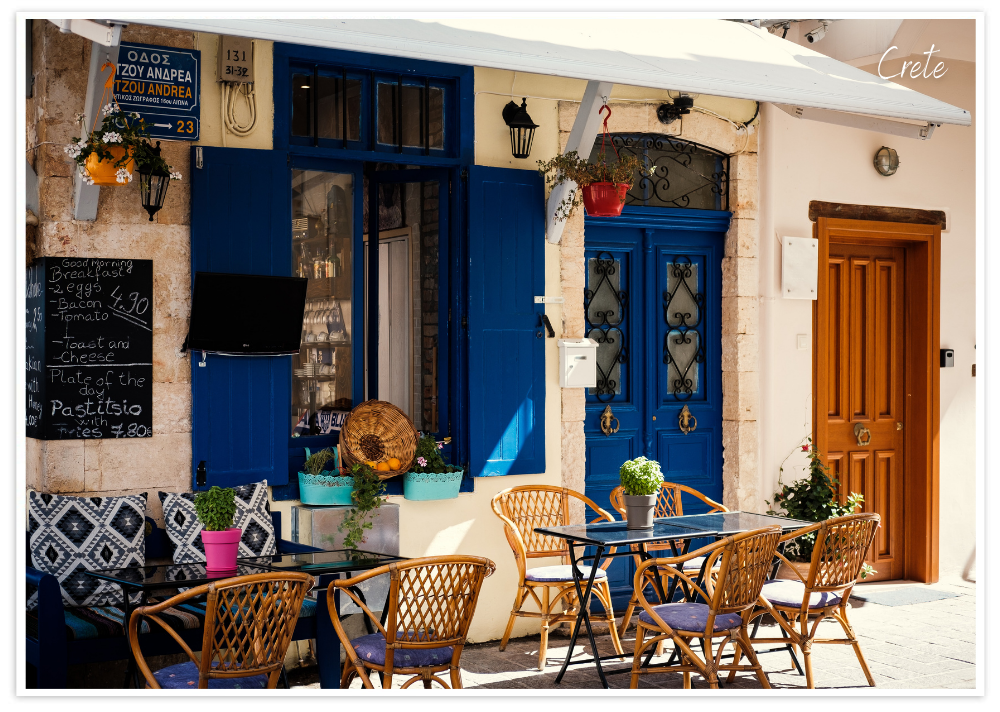
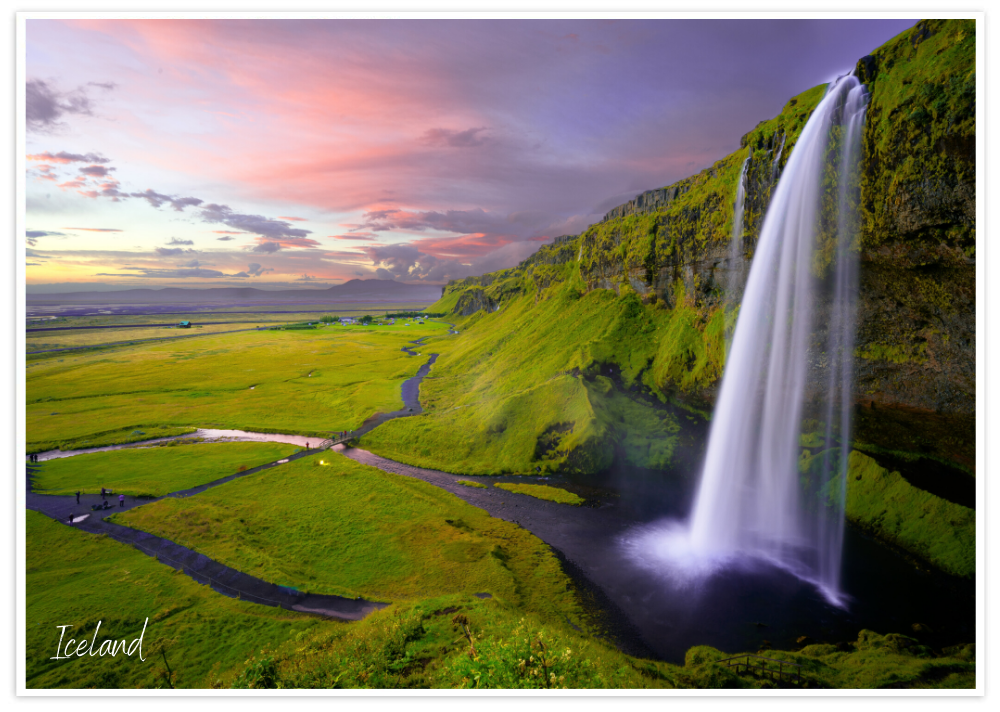
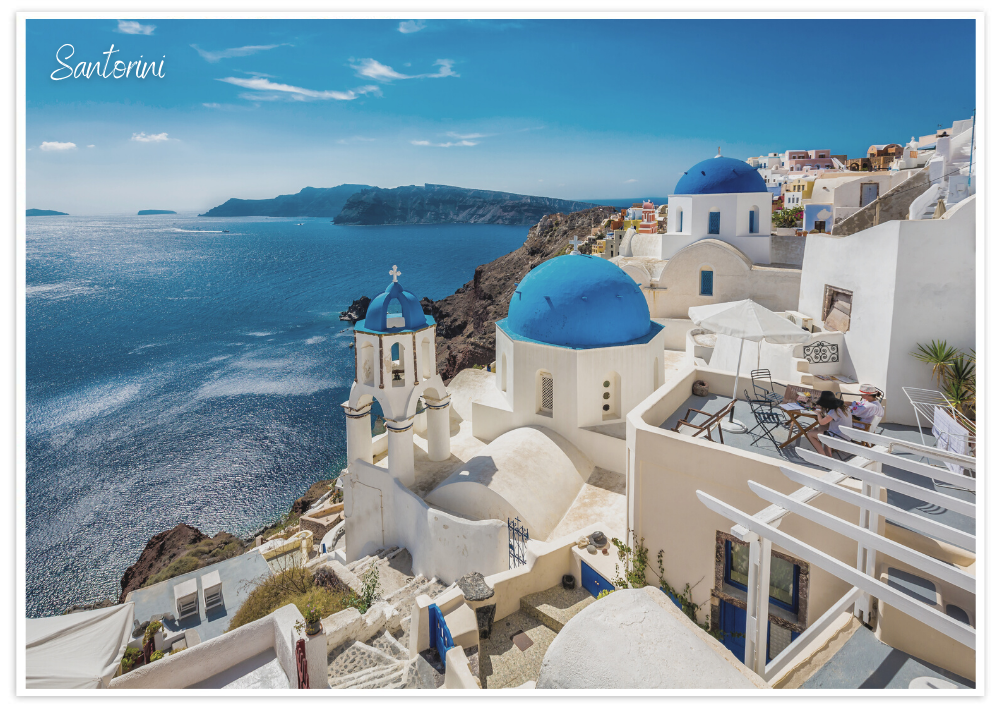
May
African Safari
Going on Safari in Kenya or Tanzania in May means you’re choosing the heaviest rain but, as animals give birth in the wet seasons, when food and water are plentiful, you could be gaining the opportunity to see spindly-legged fawns, foals and calves, and cute cubs and pups. Botswana is a safer bet in May. Its Okavango Delta is fully flooded, making for a stunning sight, yet rain is scarce, the weather mild and lodges are still in low season. Namibia is also at its lushest and not too hot and in Zimbabwe Victoria Falls is at peak flow.
June
Southeast Asia
Much of southeast Asia enters its rainy and humid season now and throughout the British summer. In June it’s not likely to ruin your holiday because the rain usually comes in short bursts followed by sunshine. In Thailand it’s classed as low season over most of the country but the islands in the Gulf of Thailand, like Koh Samui, experience some of their finest weather and it’s just before the school holiday rush. If you’re in the region to sightsee, this can be a great time to avoid the crowds at big attractions like Angkor Wat.


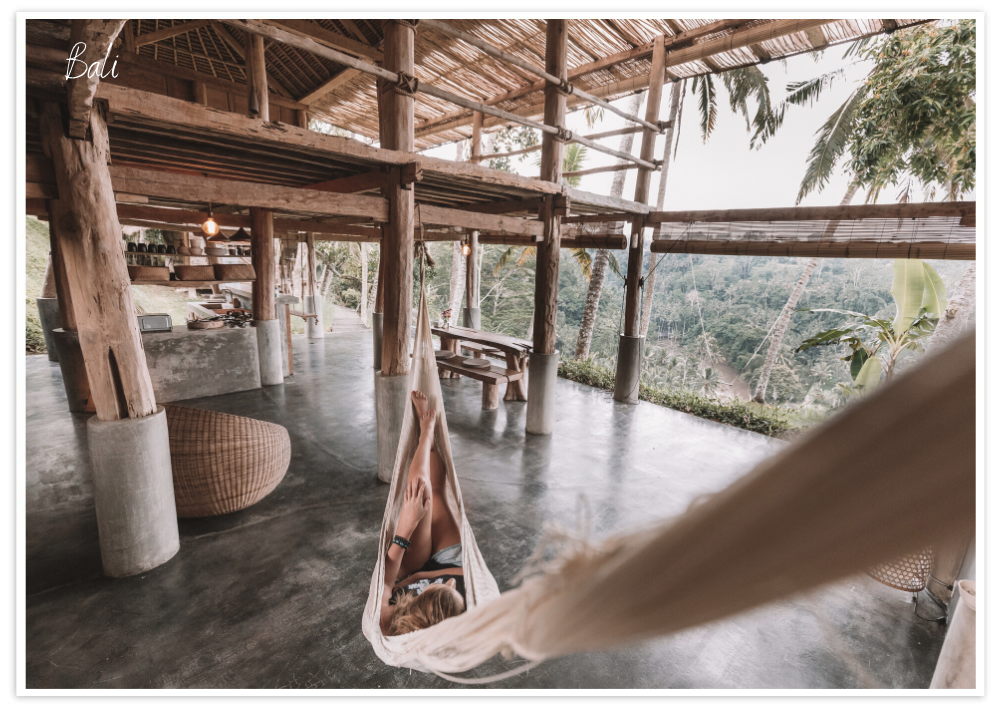
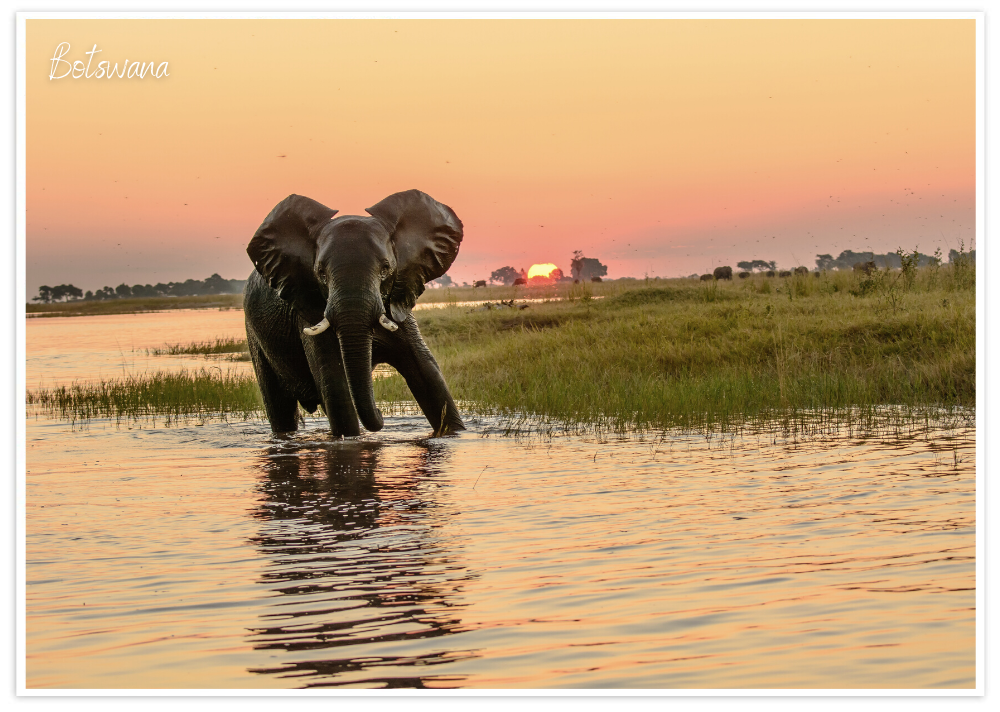

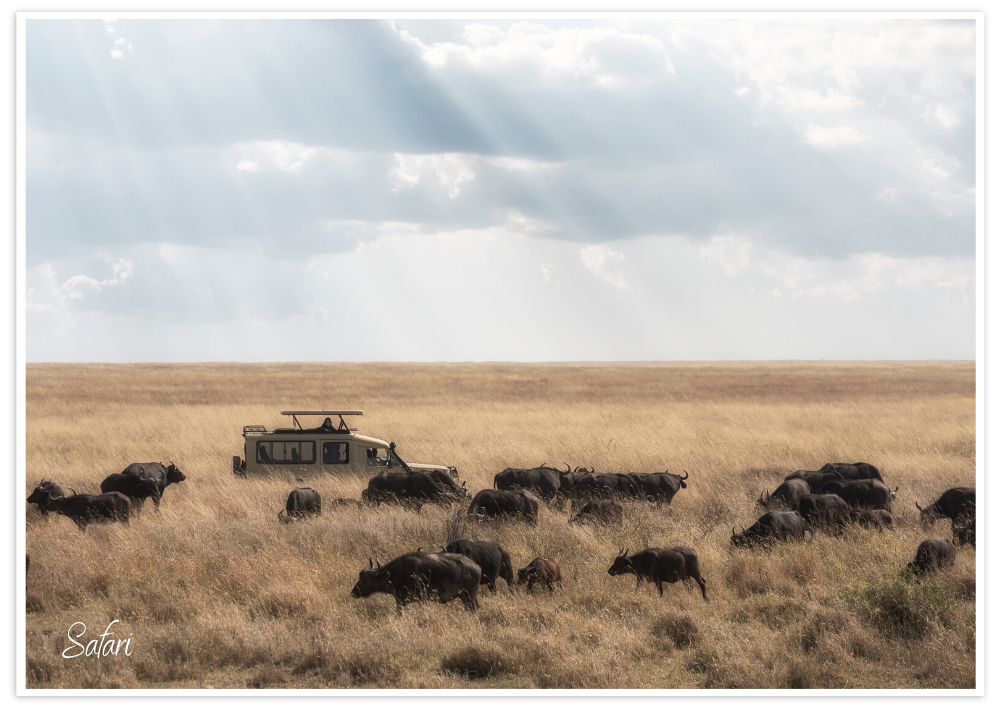
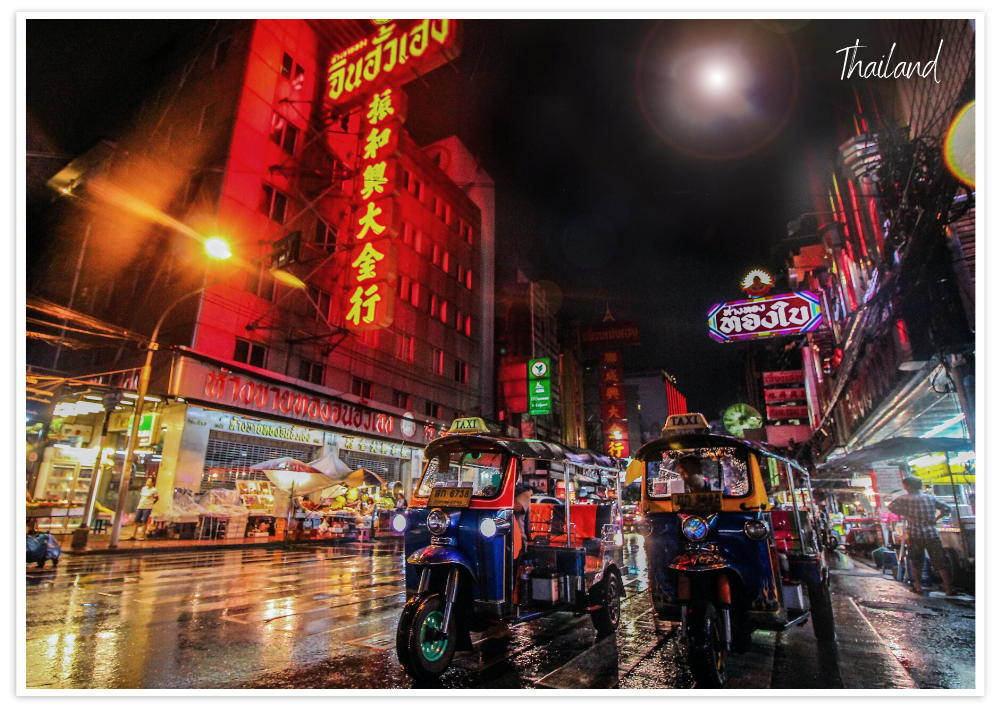
July
Central America
This region varies hugely but July is generally in the middle of the rainy season so it can be a good time to avoid the crowds and in some cases maximise wildlife viewing opportunities. In Costa Rica, green sea turtles can be spotted on the beaches of Tortuguero National Park and the whale watching season begins in Dominica. In Mexico showers generally arrive in the afternoon and serve to cool the hot days if you’re sunning yourself on the beaches of the Mayan Riviera.
August
The Caribbean
June to November is the official hurricane season in this tropical region, with September considered the most likely month for bad weather. The islands closest to South America typically see fewer hurricanes. Destinations including Aruba, Barbados, Grenada, Trinidad and Tobago are considered to be outside the ‘hurricane belt’, although that is no guarantee. Rain during August tends to sweep in fast and hard and disappear as quickly as it arrived, leaving blue skies in its wake. Grenada’s Spicemas Festival is in August, bringing steel pan orchestras and colourful parades to the streets.
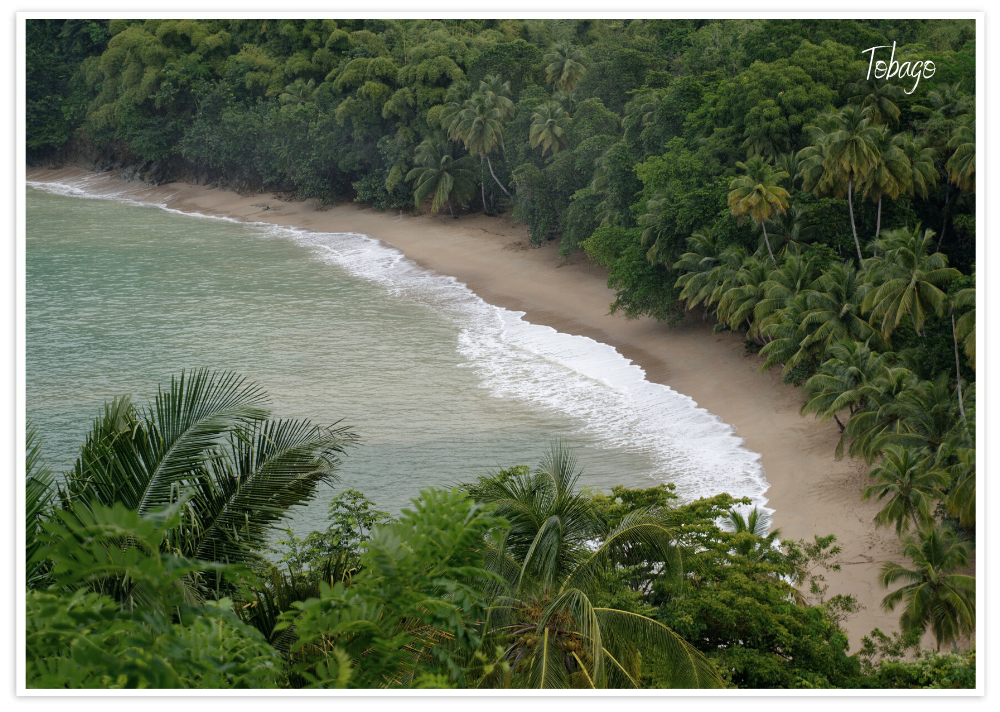
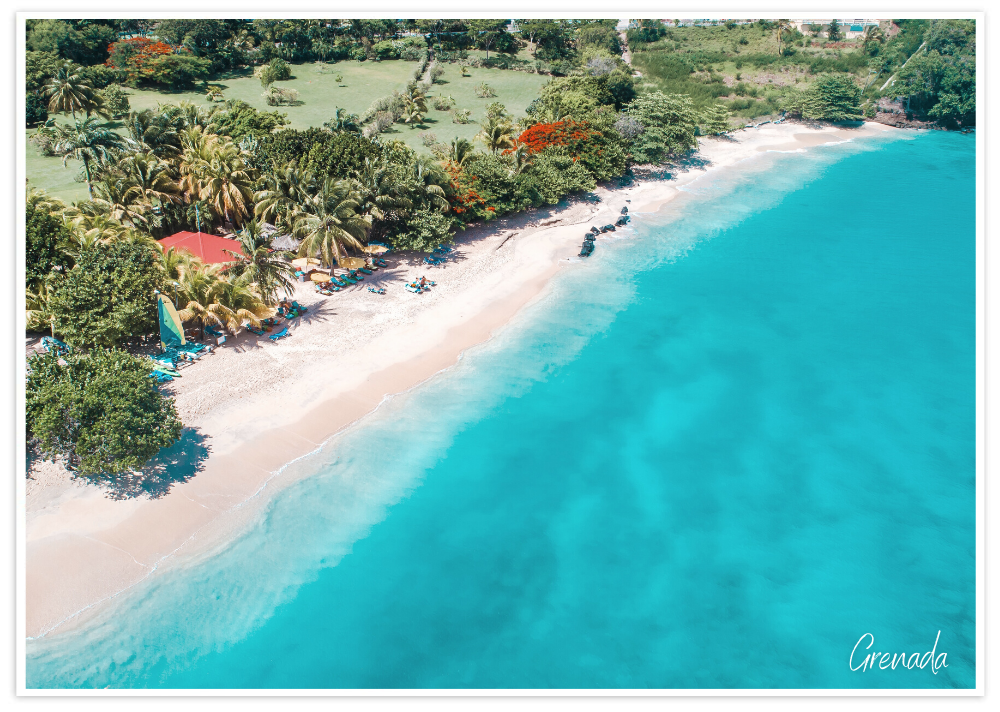


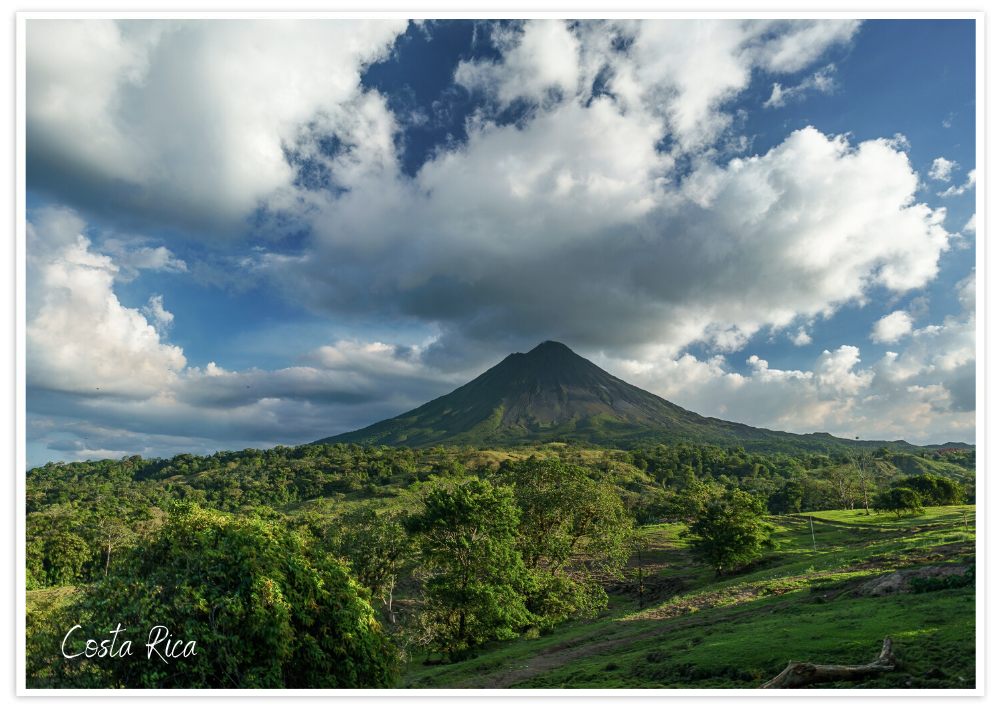
September
The Middle East
This region is undeniably scorching in the low season but come September the temperatures start to cool and the crowds are still low. In Jordan the heat is dry so it’s more bearable than you might think and for seeing Petra it’s worth avoiding peak season if you want that lost city feel. In Oman it’s peak turtle time at Ras al Jinz, the Salalah region is in its wet season and draws migratory birds and much of the country is reaping its autumn harvest of pomegranates, olives and grapes.
October
The Indian Ocean
As with many regions, the seasons vary wildly in the Indian Ocean. October is a peak time for Mauritius and the Seychelles but in the Maldives it’s low season. Although there’s a good chance of rain and storms, the temperatures are still warm, the sun shines and it’s a great time to see whale sharks and manta rays, which come to feed in the plankton-rich waters. It’s also low season in Sri Lanka, but rain comes in short bursts so it won’t disturb your enjoyment of what is still a sunny time.


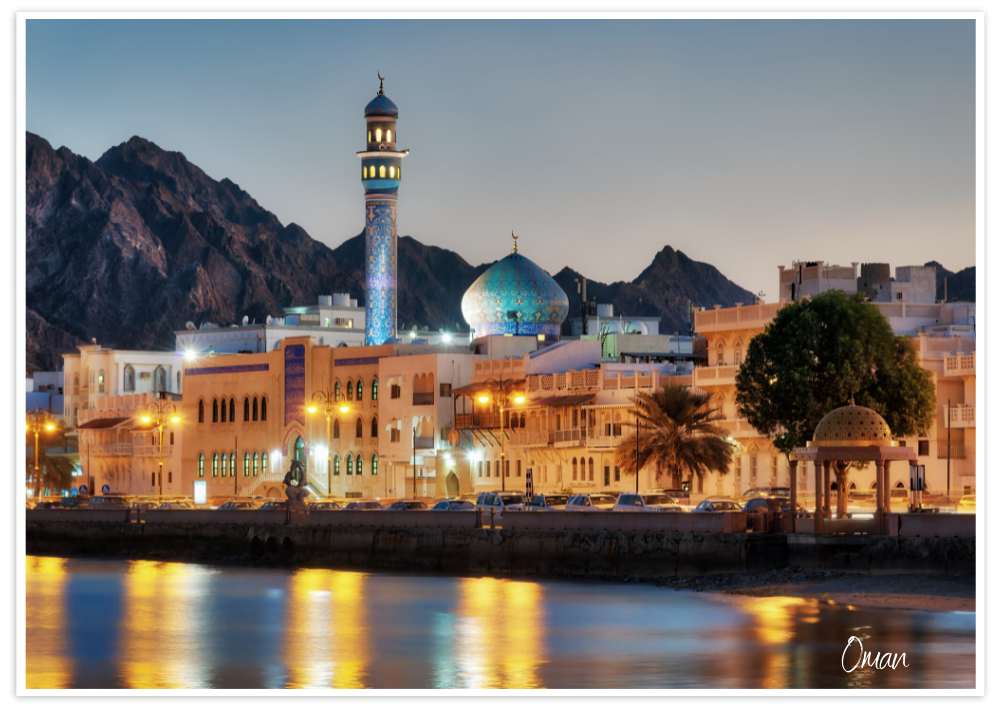


November
Japan & Korea
The most busy and expensive time to visit Japan and Korea is in the spring, when the cherry blossoms bloom. But the autumn colours are equally as beautiful and in November, especially towards the end, the crowds are thinning as the weather cools. In Korea you can catch the two-week Seoul Lantern Festival when elaborate and colourful lanterns brighten up the dark winter nights.
December
Southern European Cities
When Northern Europe’s cities are thrumming with Christmas market crowds, escape south and enjoy a lower footfall. Navigating around Barcelona in summer can be stressful and sweaty but in December it’s easy and cool (although, look at it from another point of view and it’s positively balmy, with average highs of 15 degrees). Venice in summer is famously smelly, but in December the air is fresh and the city is often bathed in an atmospheric fog that creeps in from the lagoon.
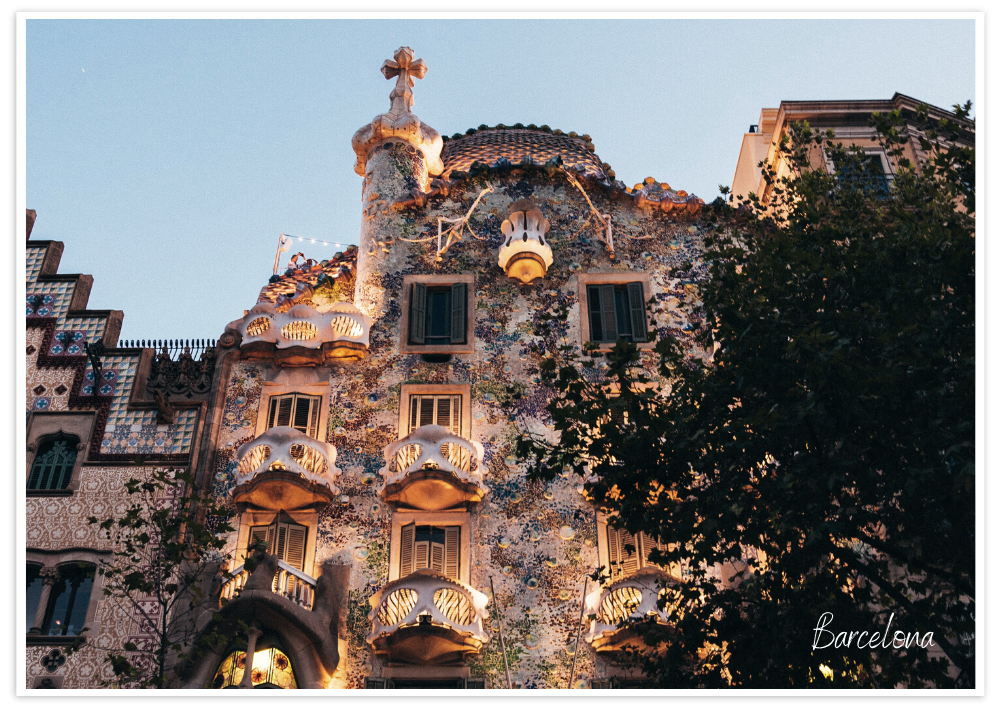
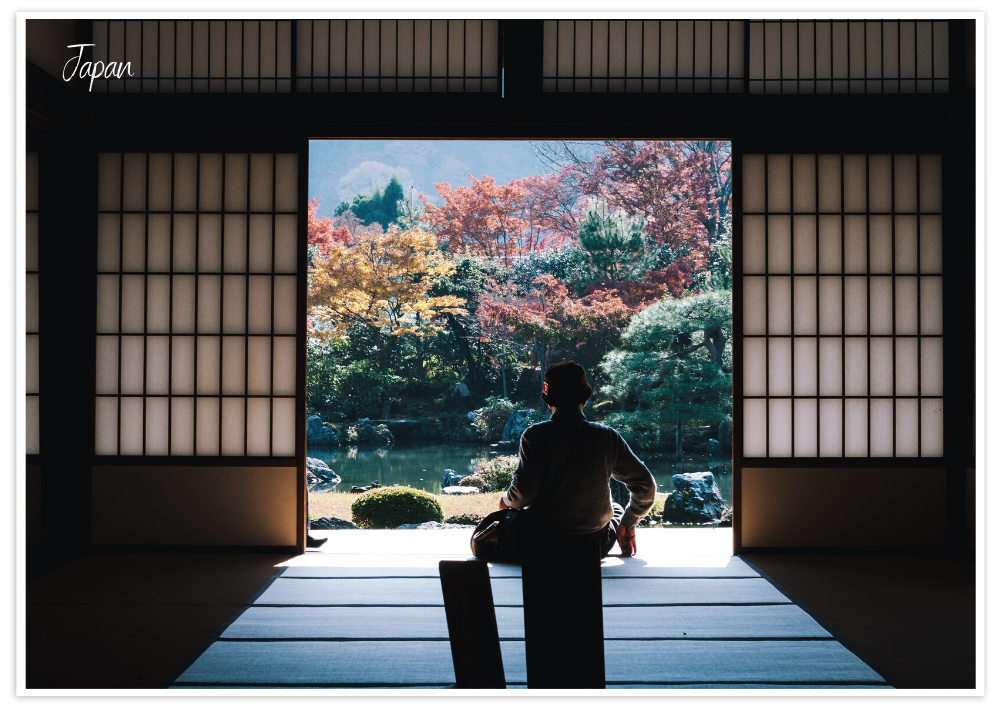

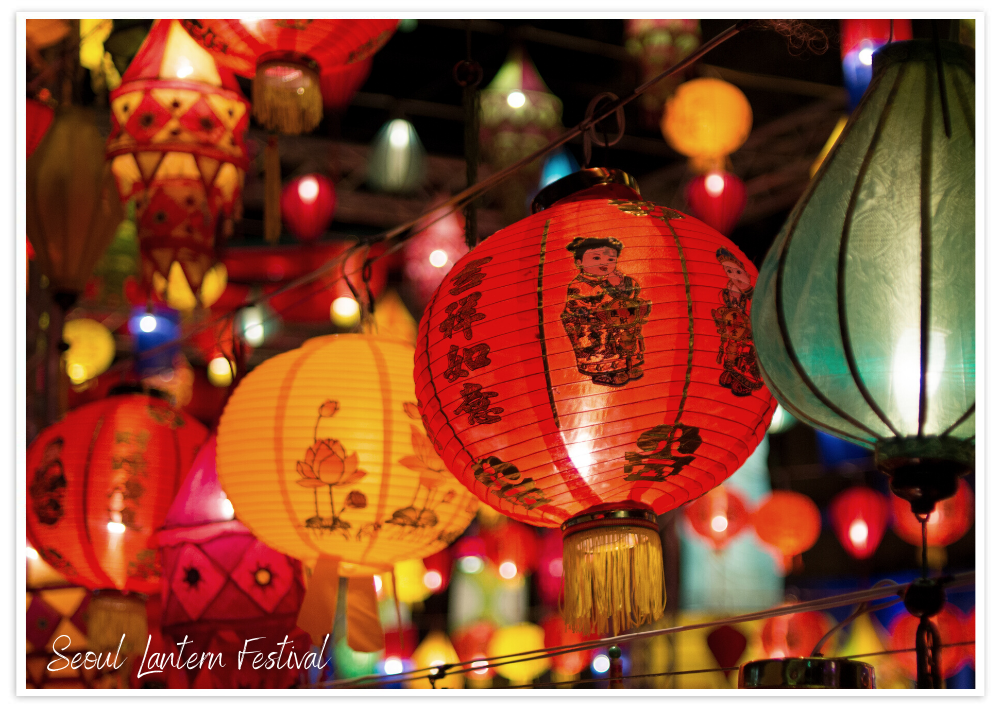



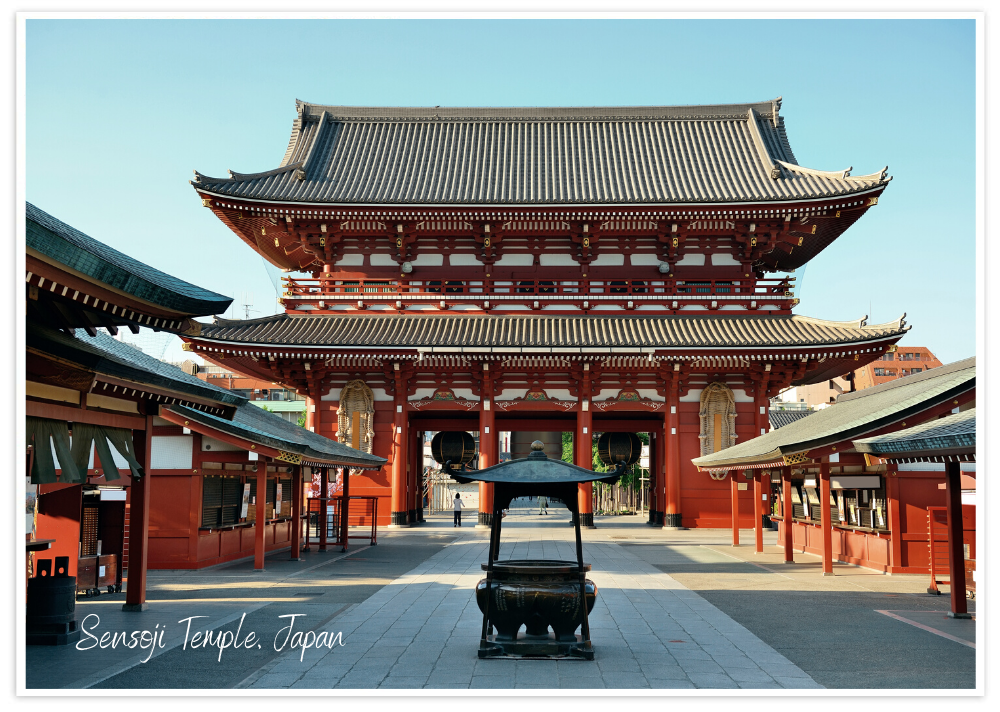
Raring to go?
Call us today to start planning your next low season trip! Don’t forget – you can donate 5% of your holiday price to the charity of your choice at no extra cost! Call our expert travel advisors on 020 3092 1288 or email [email protected] today!
This is a feature from Issue 9 of Charitable Traveller. Click to read more from this issue.

















 by net effect
by net effect